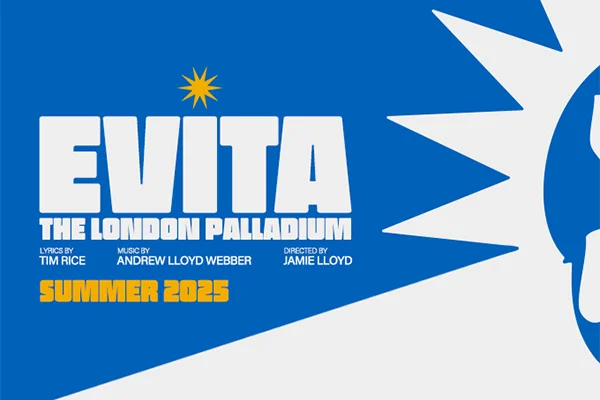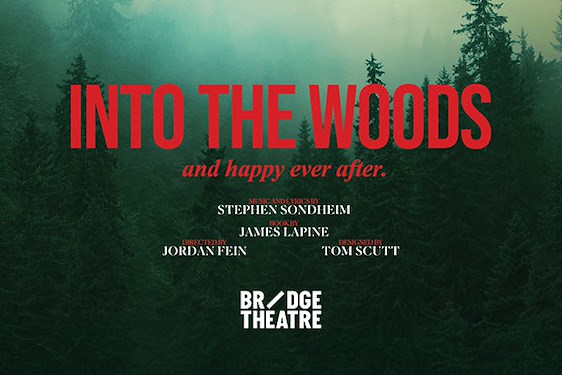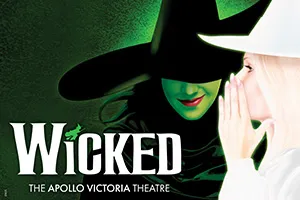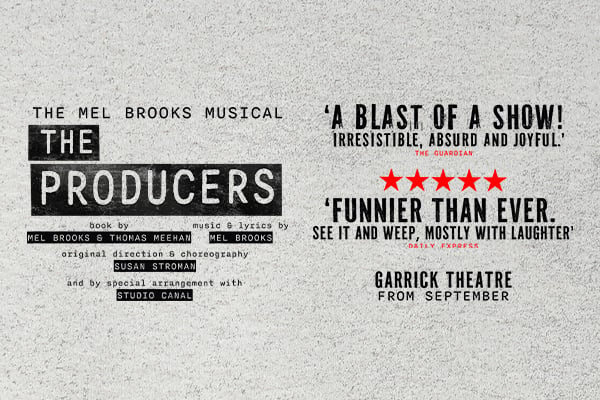For an episcopalian minister from California, Joyce Parry Moore’s performance in Searching and Knowing comes as somewhat of a surprise. Arriving on stage in her spanx, Moore preceded to blast us with her powerful soprano, combined with recorded soundscapes from her breast MRI. Although this 26 minute opera – using a score by Stefan Hakenberg – was about as experimental as you can get, the bodies on stage seemed completely sure of the production’s importance. Perhaps this was due to the fact that the performance was directed by Moore’s daughter, Ariana, who had witnessed her mother’s struggle with breast cancer as a child and personally struggled with pancreatic cancer. Defying traditional narratives of cancer sufferers, Moore’s intensely feelingful song narrates the existential, internal experience of disease, rather than the tumor’s external, worldly effects. There was no clear plot or throughline to the piece, other than what seemed to be diagnosis and eventual recovery, but the overarching feeling – communicated through Stefan Hakenberg’s haunting electronics – was a sense of entrapment in a world of medical machines, dancing hospital gowns and Moore’s own infected body, divided by a red silk which hung above the stage.
This piece is less about entertainment than a shared resistance to pain and the possibilities of art.
As someone who particularly enjoys dance theater and experimental contemporary music, I was drawn to the piece for its genre rather than its themes. Although the nature of the performance was ambient as opposed to narratorial, I did find the impenetrable atmosphere of the piece slightly alienating, and wondered whether audience members who were cancer survivors or sufferers would have resonated more with Moore’s expression. On the other hand, I was intrigued by the dramatic choices, particularly in the movement sequences, which were performed around Moore’s central figure by Ariana Moore and Scout James. Often, it seemed that the movements were slightly stilted or improvised, making them more distracting than meaningful. Whilst I enjoyed Hakenberg’s use of distorted MRI scanners and his slippage into industrial techno at one point, I did question the combination of Joyce’s voice and this electronic soundscape, which often felt incongruent to the point of not being thought through.
On the whole, however, Searching and Knowing defied the intentions of a review. As a performance which explicitly defines itself as a ritual, foregrounding self exploration and donating all its proceeds to charity, this piece is less about entertainment than a shared resistance to pain and the possibilities of art. Moore’s cry of ‘we shout together against the fear’ seemed to be the central tenet of this piece, with her clasped fists and starry eyed faith. Although I would expect even the most open of audience members to be slightly overwhelmed by its esoteric allusions, there is certainly something to gain by watching this show, even if it's a mere appreciation for the spectacular resilience of performers who have traveled across the world to speak their truth: a shameless celebration of life.


















